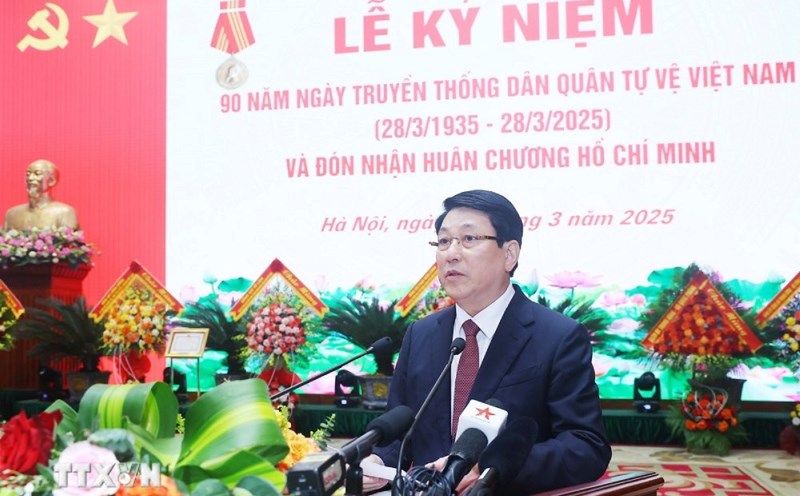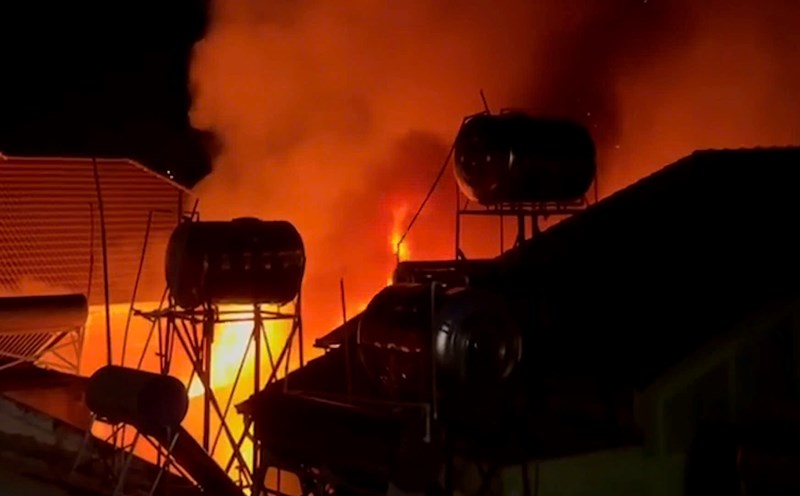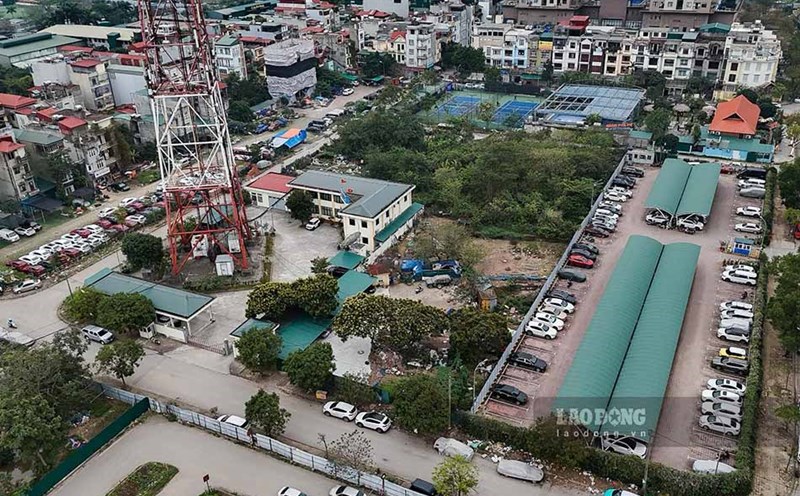On April 1, according to the Government's Electronic Information Portal, the Ministry of Home Affairs has just completed the latest draft of the Resolution of the National Assembly Standing Committee on the arrangement of administrative units (ADUs).
Compared to the original draft, the criteria for arranging commune-level administrative units have some adjustments.
Notably, new criteria have been proposed to reduce the total number of commune-level administrative units to about 5,000 units.
According to the representative of the Ministry of Home Affairs, to institutionalize the policies of the Politburo and the Secretariat and create a legal basis for implementing the arrangement and reorganization of administrative units at all levels; based on the results of implementing the arrangement of administrative units at district and commune levels in the past, it is necessary for the Government to develop and submit to the National Assembly Standing Committee to issue a Resolution on the arrangement of administrative units at district and commune levels.
With the orientation of arranging and merging a total of 10,035 commune-level administrative units with about 5,000 units, the Ministry of Home Affairs advises, develops and completes the latest draft on the Resolution of the National Assembly Standing Committee on the arrangement of administrative units, and at the same time sends opinions to localities.
"Compared to the original draft, the criteria for arranging administrative units at the commune level have had some adjustments to suit the direction of superiors and the actual situation," said a representative of the Ministry of Home Affairs.
The Ministry of Home Affairs stated that the policy of rearranging administrative units at the commune level, not organizing at the district level, merging provinces is a major policy, strategic vision, long-term, for the long-term and sustainable development of the country.
The arrangement of administrative units at all levels is not only a matter of adjusting administrative boundaries; streamlining units but also adjusting economic space; adjusting allocation, decentralization, adjusting allocation and combining economic resources; aiming for the greater goal of expanding development space, creating a foundation and momentum for the country according to strategic and long-term goals and vision; in line with the reality and development trends of the world.
Rearranging the organization of the apparatus and administrative units at all levels is also an opportunity to re-screening the staff, building a team that truly meets the requirements of national development in the coming period; contributing to streamlining the apparatus, improving the effectiveness and efficiency of local government operations, streamlining staffing; saving spending on the budget, contributing to reforming salary policies, improving the lives of cadres and civil servants and improving the quality and responsibility of cadres and civil servants at all levels.
Accordingly, regarding the new arrangement criteria, the arrangement of administrative units at all levels, in addition to the criteria for natural area and population size as prescribed by law, needs to carefully consider the criteria for history, tradition, culture, ethnicity; location, geographical conditions; scale, level of socio-economic development; transport infrastructure, information technology, requirements for ensuring national defense, security and international integration.
End the operation of district-level administrative units and reorganize commune-level administrative units, ensure streamlining and reducing intermediate levels; build and strengthen local governments to provide a strong, close-to-the-people, practical basis to improve the material and spiritual life of the people.











